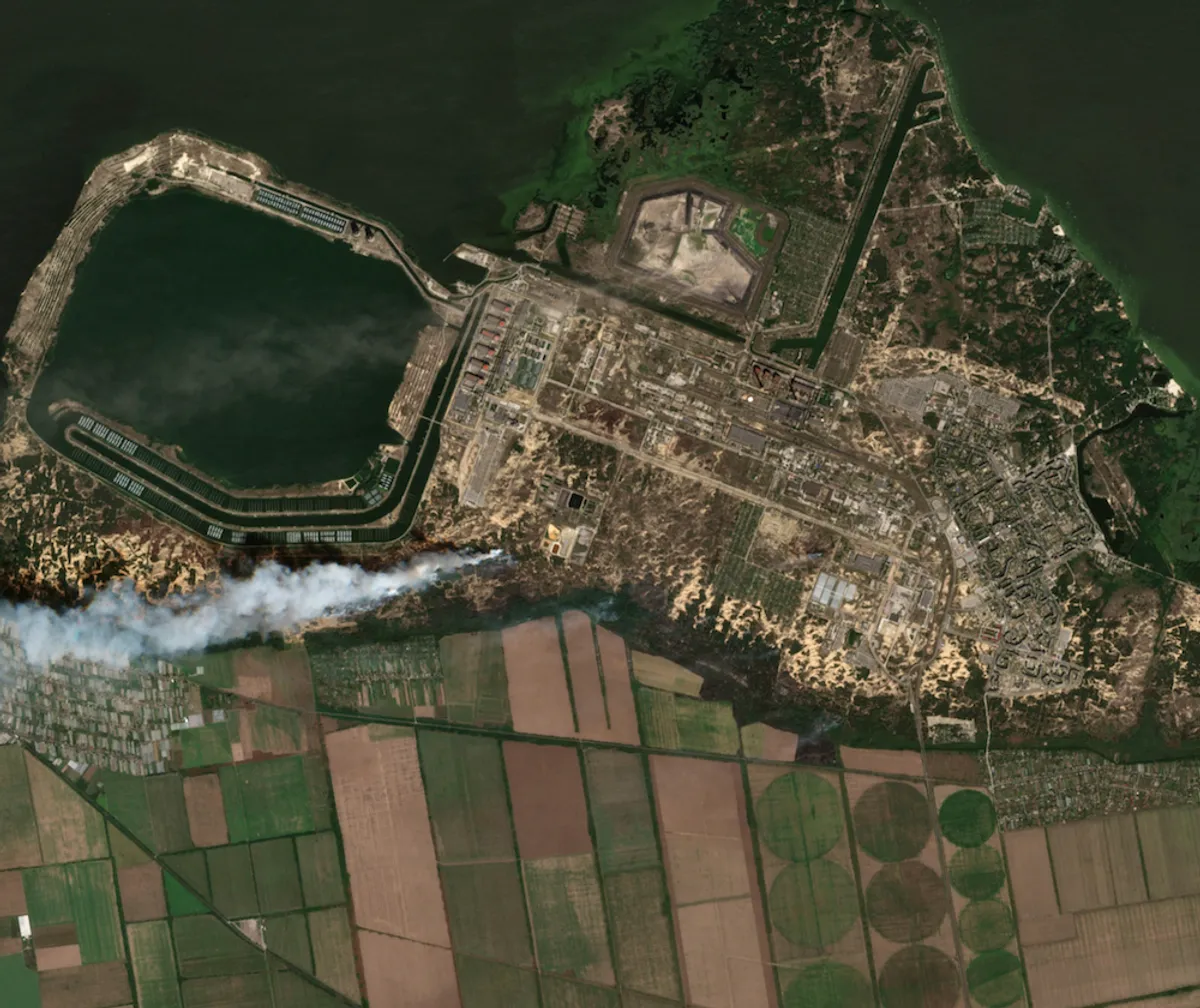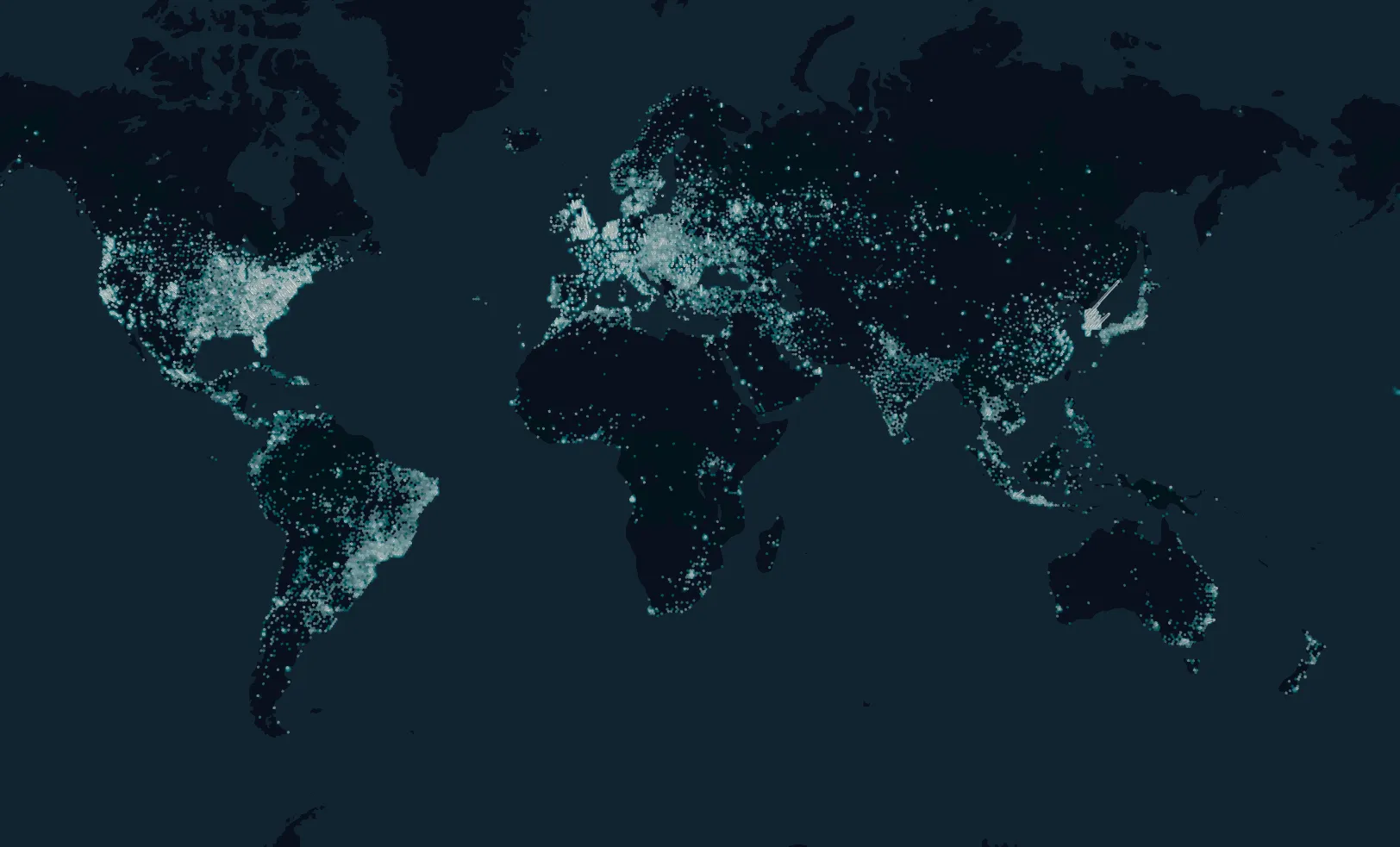Zaporizhzhia Nuclear Power Plant - Case Study: How Internet & Infrastructure Monitoring Can Reveal Critical Shocks
The occupation of Europe’s largest nuclear power plant by Russian forces in early 2022 sent shockwaves through the international community.
Beyond the visible military and political crisis, the plant’s digital footprint — its internet activity — tells a parallel story: one that can be monitored, analyzed, and understood in real time.

The Situation: Occupation, Shutdowns, and IAEA Alarm
In early March 2022, Russian troops seized control of the Zaporizhzhia Nuclear Power Plant (ZNPP), located in the Ukrainian city of Enerhodar.
The plant — responsible for around 20% of Ukraine’s electricity — became the first active nuclear power facility ever captured by military force.
Over the following months and years:
- Reactor shutdowns occurred due to shelling and loss of off-site power lines.
- Repeated external power cuts forced the plant to rely on emergency diesel generators, raising the risk of nuclear accidents.
- The International Atomic Energy Agency (IAEA) deployed a permanent mission to the site in September 2022, repeatedly warning of “unacceptable nuclear safety risks” and calling for a demilitarized zone.
- In 2025, the facility again went off-grid for several days, prompting renewed IAEA concern and international attention.
These events have turned the Zaporizhzhia plant into a symbol of how deeply infrastructure, energy, and information systems are intertwined in modern conflicts.
Seeing the Unseen: Digital Signals of a Physical Crisis
The dataset above visualizes internet connectivity patterns at the plant before, during, and after the occupation.
Each dot represents an active internet connection from KASPR’s global measurement infrastructure.
Gold markers show IP addresses within the plant’s range, while white markers represent other IPs in the surrounding district.
At exactly 08:05:43 on 4 March 2022, all plant-specific IP activity stopped — while other district connections remained stable.
This divergence tells a clear story:
- The plant went offline abruptly (likely due to power loss or network cutoff during the military takeover).
- The surrounding area stayed connected, implying that the event was site-specific, not a regional outage.
Monitoring Critical Infrastructure in Real Time

At KASPR Datahaus, our critical infrastructure monitoring technology tracks these signals continuously — detecting disruptions, degradation, or unusual patterns in key facilities around the world.
1. Critical Infrastructure Monitoring
We isolate IP ranges linked to strategic assets (e.g., power plants, ports, data centers) and monitor:
- Active IP counts
- Latency and packet loss
- Connection stability and routing anomalies
When the pattern breaks, it can indicate physical or operational shocks — from grid failures to occupation events.
2. Differential Analysis: Distinguishing Local from Regional Shocks
Our platform compares each site’s digital activity with its regional baseline:
- If both the facility and region drop, it suggests a wider network outage.
- If only the facility drops (as in the ZNPP case), it signals a localized disruption — potentially operational, physical, or security-related.
This differential analysis allows us to distinguish where and how disruptions unfold, even when official information is scarce.
3. Real-Time Alerts and Early Warning
With continuous data collection, KASPR can issue real-time alerts when critical sites deviate from expected connectivity norms.
A sharp drop in active IPs, or a rise in latency beyond thresholds, triggers automatic notifications to decision-makers in:
- Energy and utilities
- Government and defense
- Risk and insurance sectors
Why This Matters
The Zaporizhzhia case shows how digital observables can complement traditional intelligence.
Internet connectivity patterns — once viewed as mere technical data — now serve as early warning signals for infrastructure stress, security breaches, or operational breakdowns.
By capturing and comparing millions of IP-level observations every day, KASPR’s system transforms raw internet telemetry into situational awareness — helping partners anticipate risks, respond faster, and make informed decisions when the stakes are highest.
In a connected world, every infrastructure leaves a digital trace.
Listening to that signal may be the first step toward preventing the next crisis.


